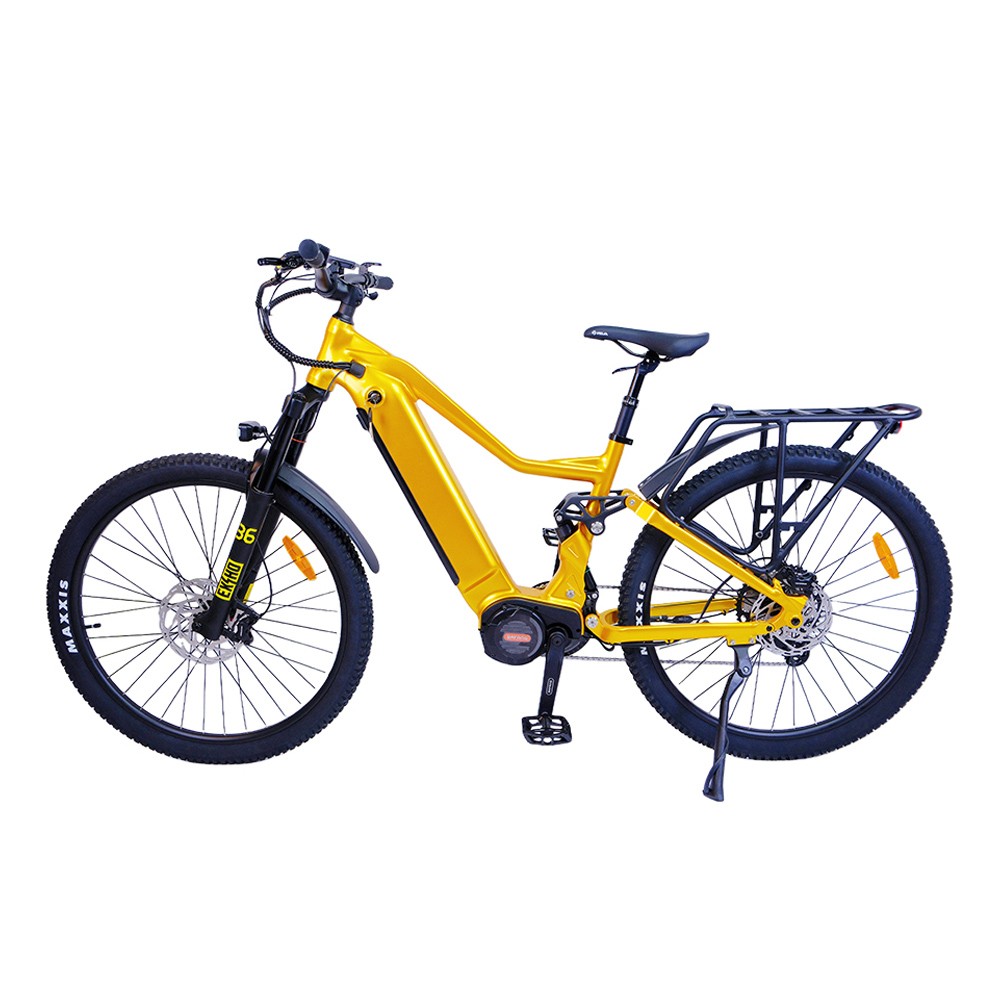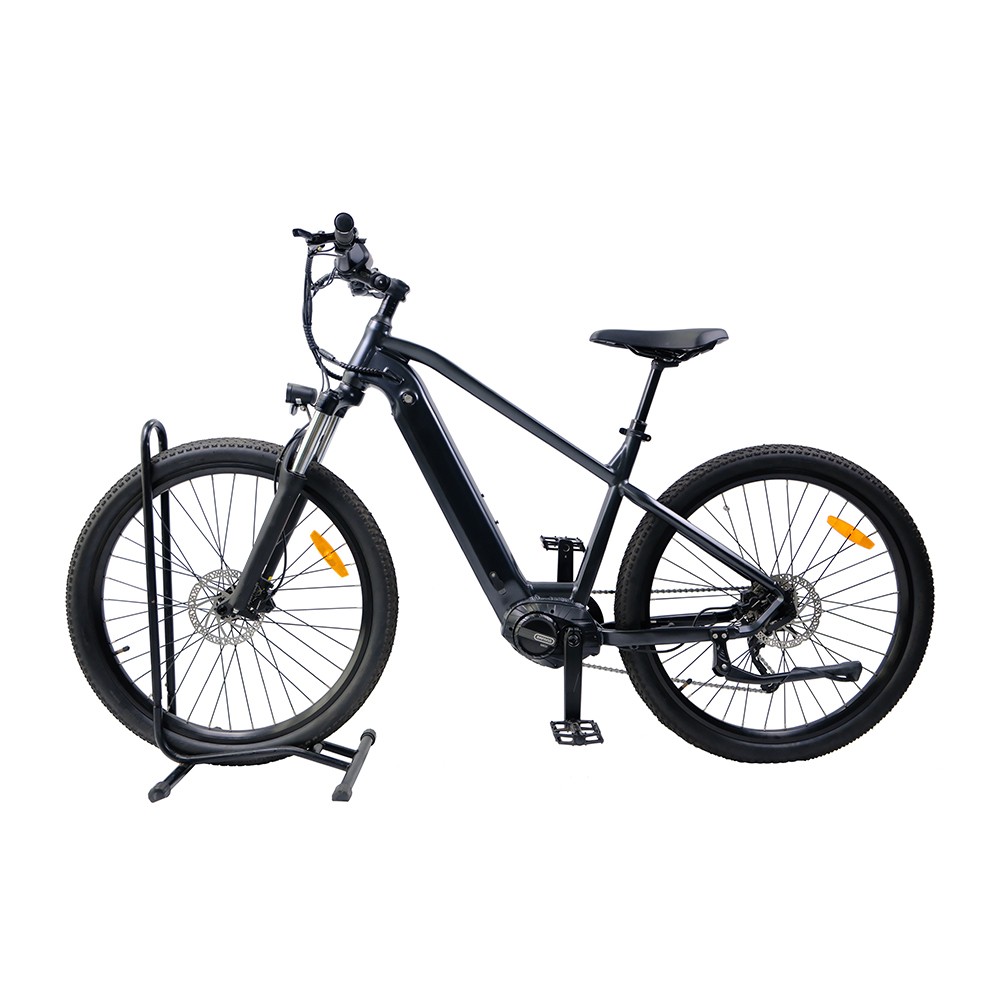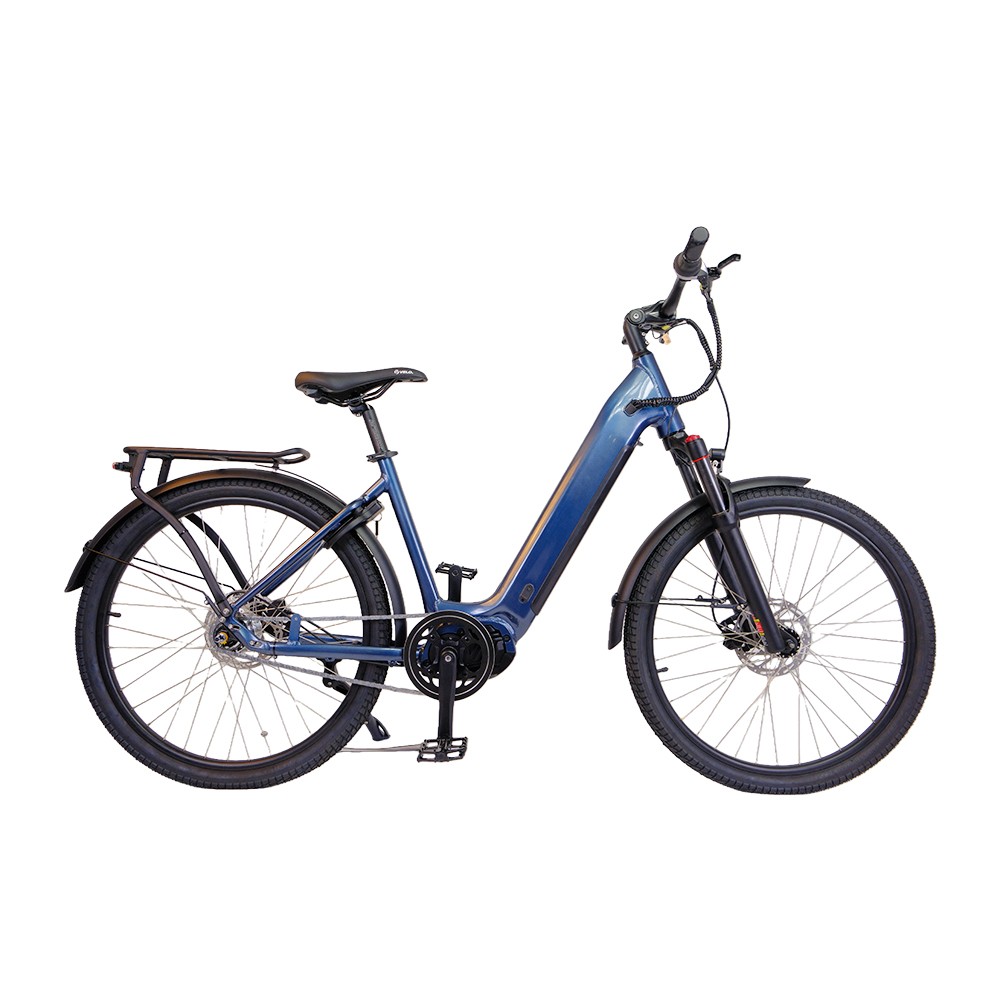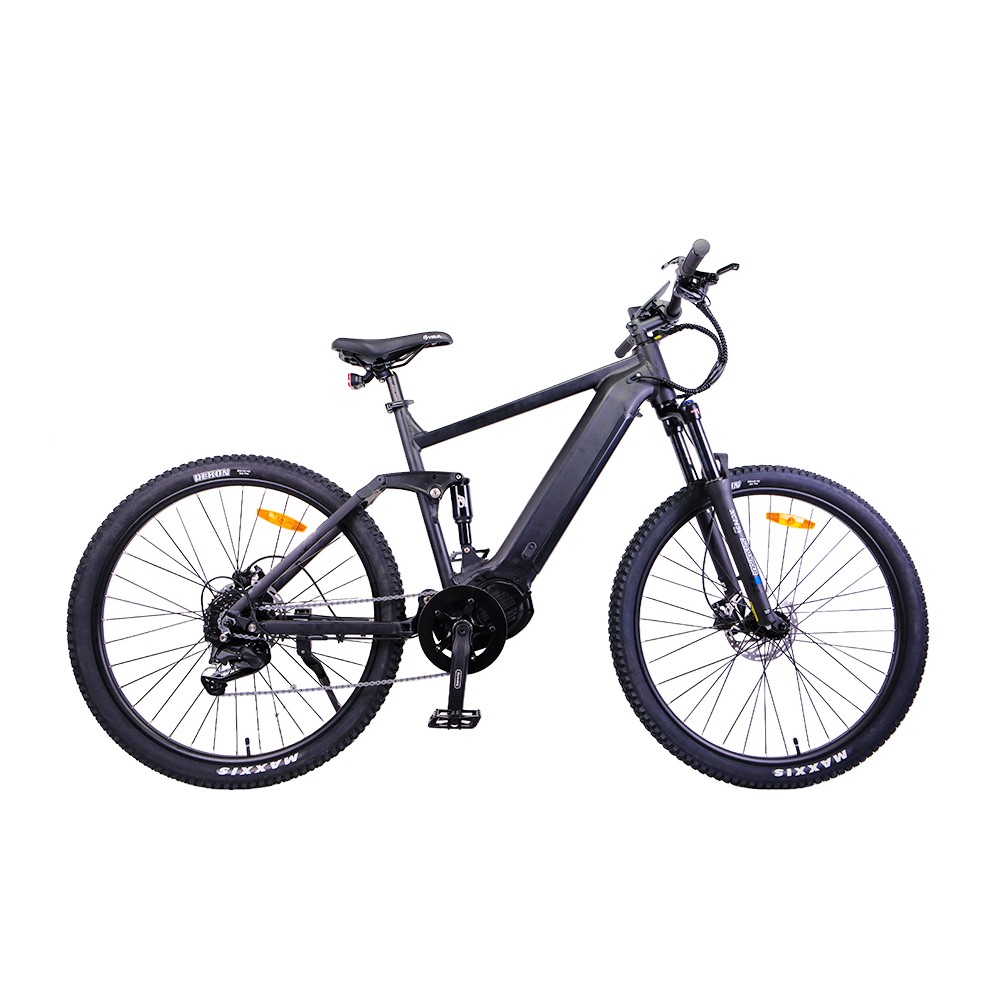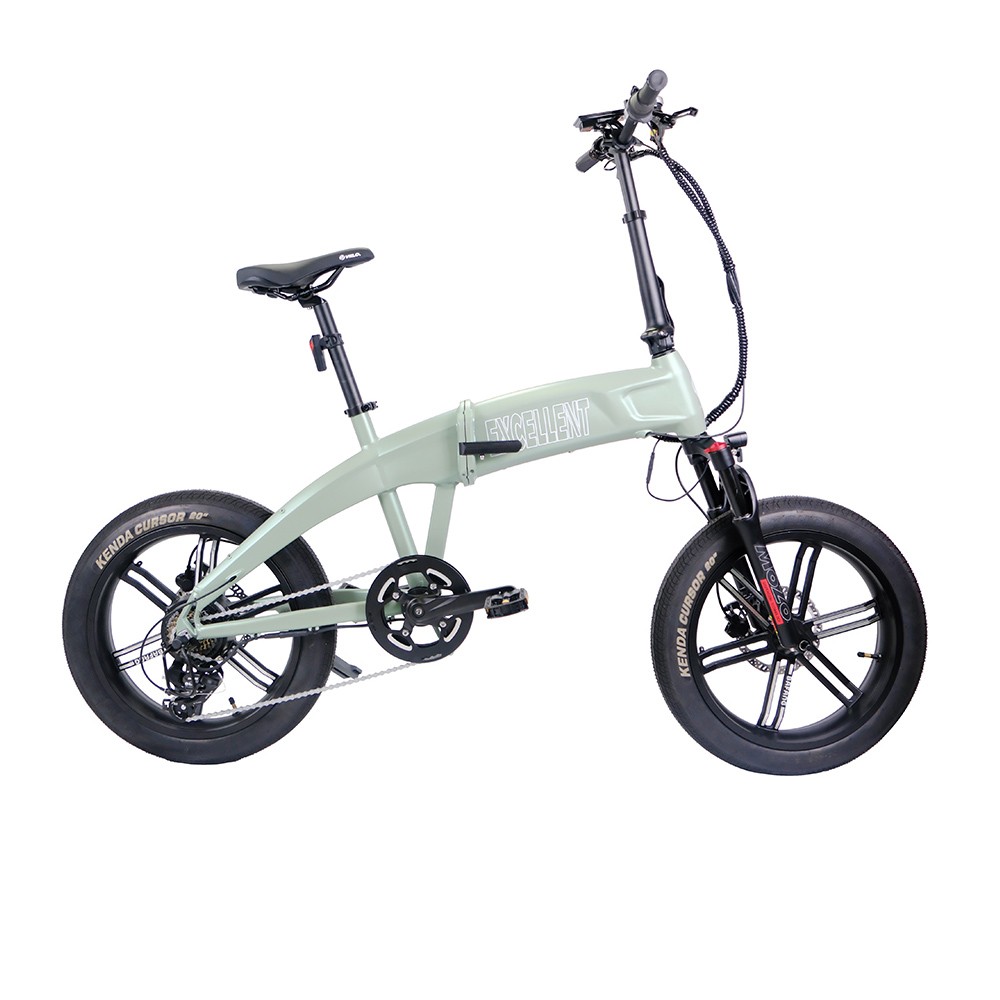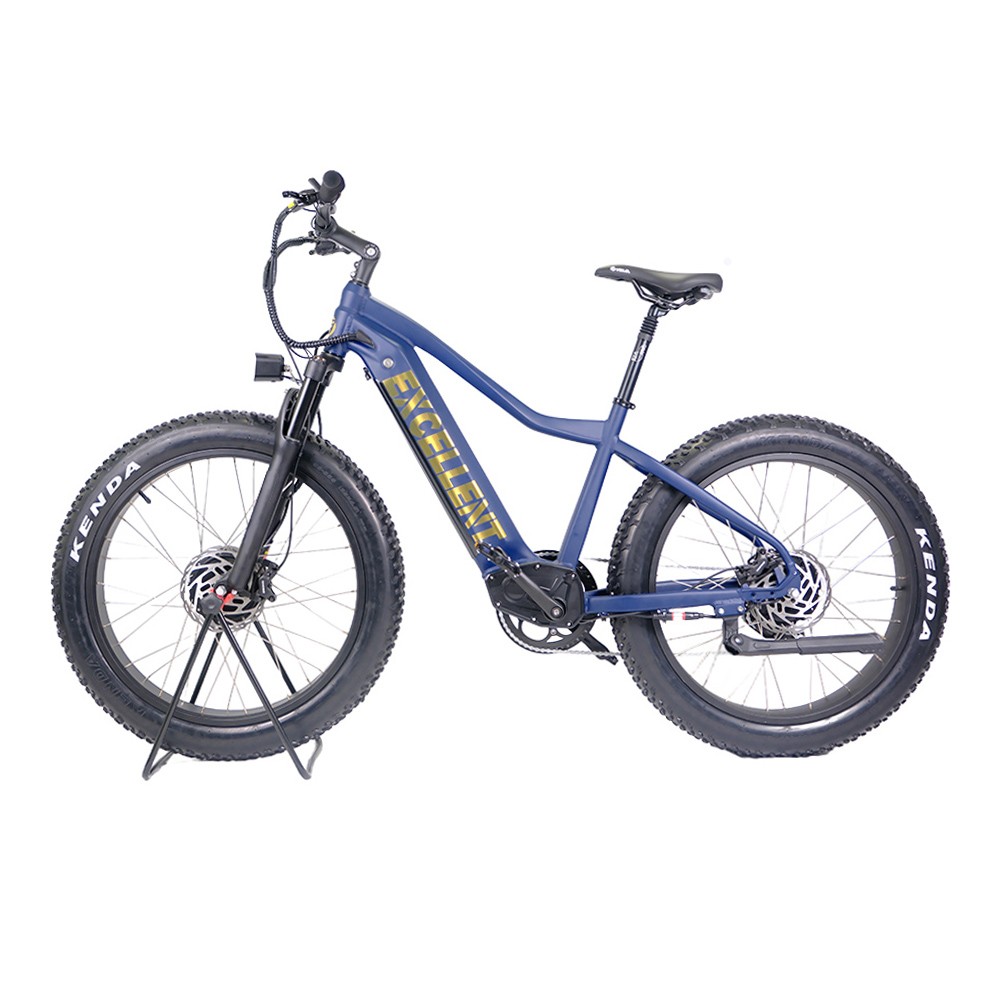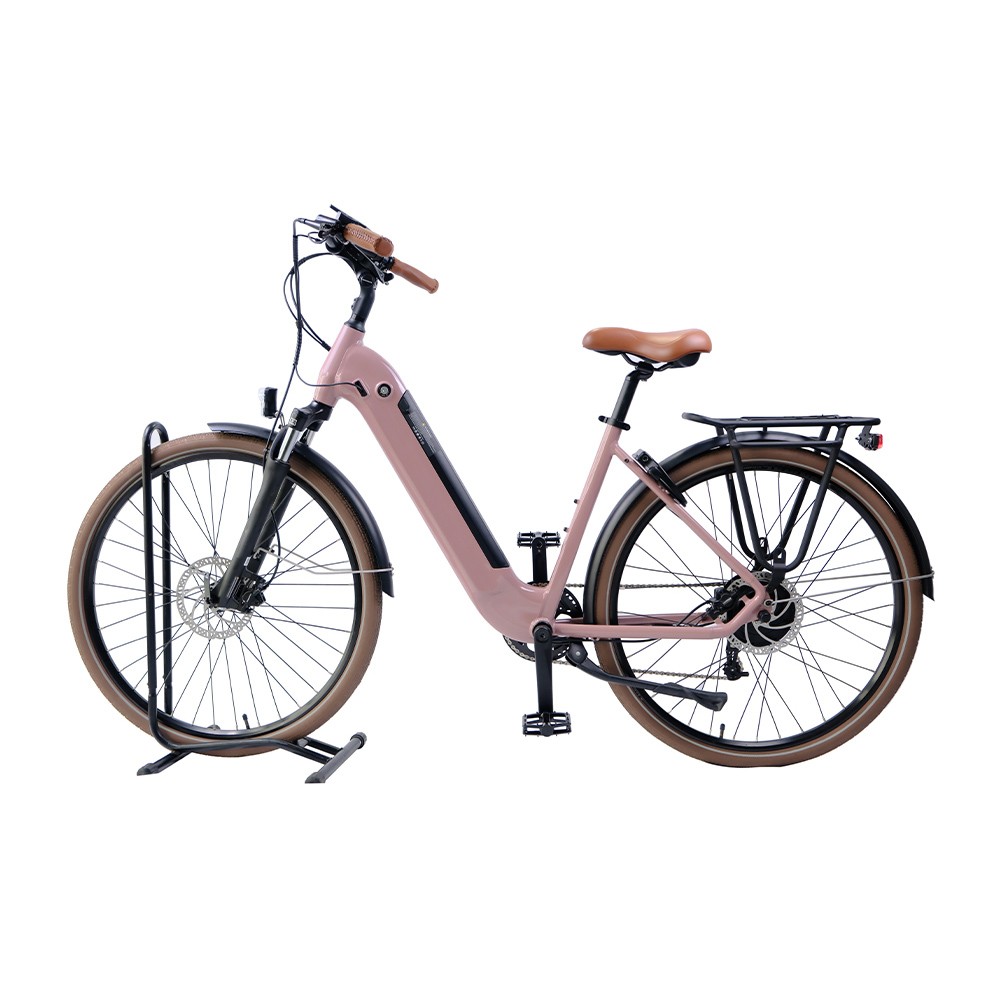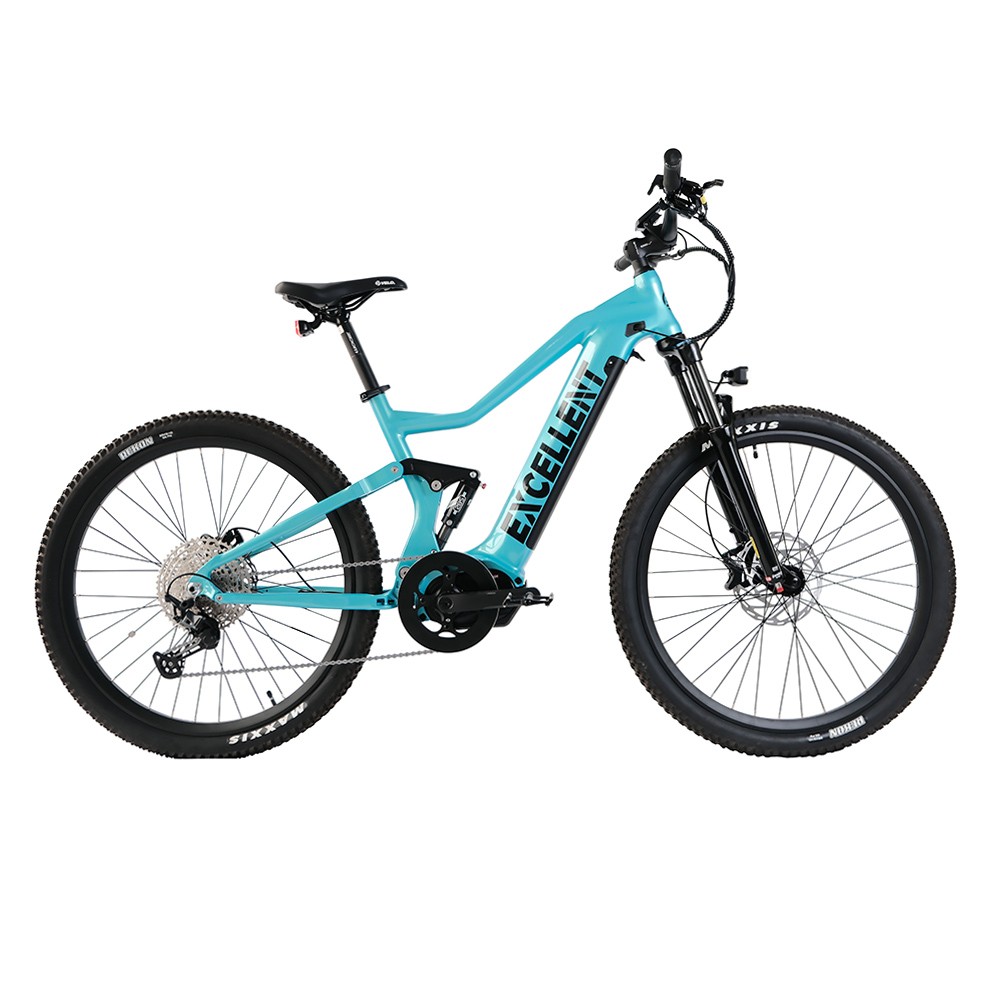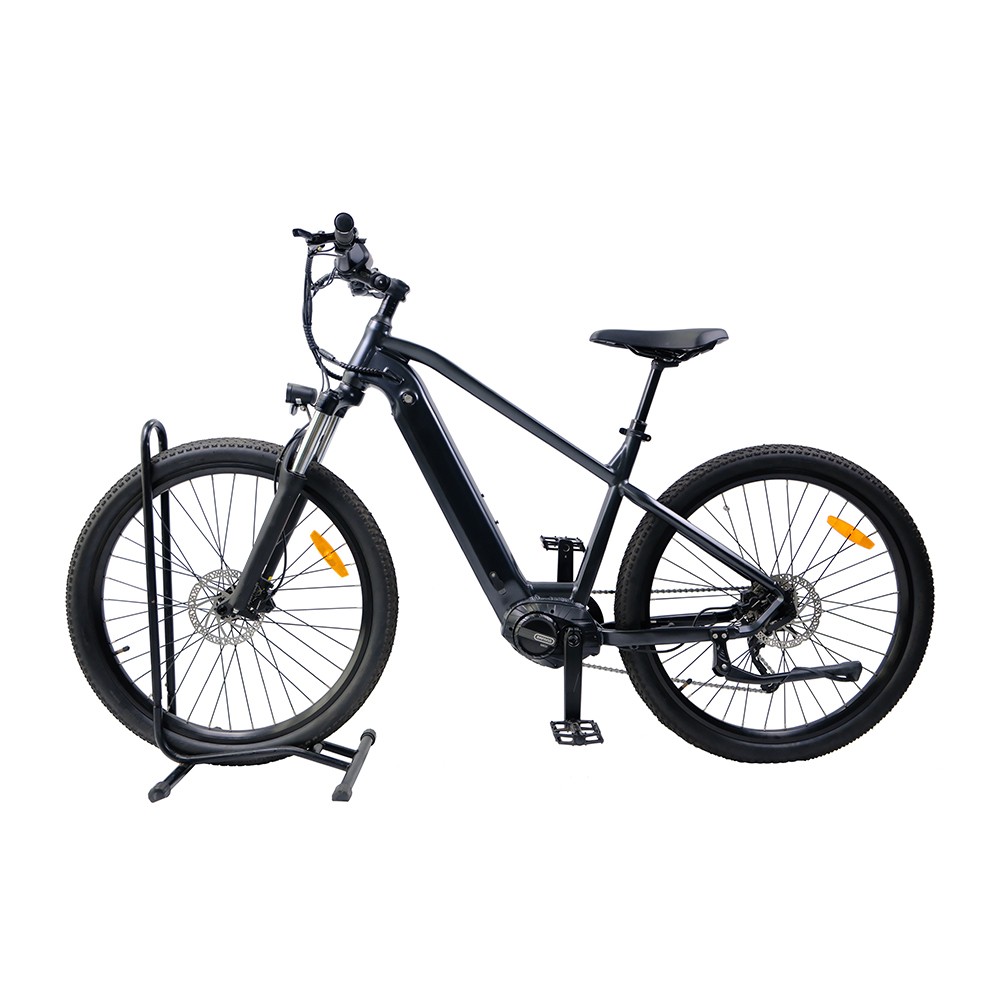For North American riders:
Riding your new electric bike is worrying about getting a ticket or a fine? While only a few states require a license for e-bikes, most areas have additional local e-bike regulations that cyclists should be aware of. After all, you don't want to risk taking your new bike on the road and paying huge fines.
Following your local rules not only helps you avoid pesky fines but also promotes safe riding and trail sharing for everyone. That said, doing research on the specific requirements and e-bike classifications can be a challenge until you have a good grasp of your state’s e-bike laws. Some states consider e-bikes the same as regular bicycles, while others treat them as mopeds or electric vehicles. For this reason, the licensing laws for e-bikes vary from state to state in the US. So, do you need a license to ride an e-bike bike? Let's dive into the license requirements of US states to find the answer.
At the time of writing, at least 36 US states use the three tiered classification system for bikes powered by electric motors. This categorization is based on the bike’s functionality and motor power.
· Class 1: E-bikes with pedal assist and a maximum speed assist of 20 mph, requiring no licensing with an exception in some states.
· Class 2: Throttle-assisted e-bikes with a maximum speed of 20 mph, requiring no licensing with possible variations in some states.
· Class 3: E-bikes with pedal support only and a maximum speed of 28 mph, requiring stricter licensing.
Florida
If you live in Florida, you don’t need a license or registration to ride your e-bike. You can take your bike anywhere a standard vehicle is allowed to go without a helmet.
However, there are a few jurisdictions, such as Sanibel Island, that don’t allow e-bikes.
California
When in California you don't need a license to ride your e bike. However, this law may not apply for much longer, as a license may soon be required for e-bike riders.
Also, children under 12 may be strictly prohibited to ride an e-bikes in the state.
Alaska
Alaska continues to define an electric bicycle as a “motor-driven cycle” and enforces tighter regulations, including the need for an Class M license. However, e-bikes are not subject to registration or insurance requirements.
Arizona
The local laws of Arizona allow e-bike riders to ride without any registration and license. That said, you must carry your government issued ID when on the road.
If you plan to ride the bike at a speed of more than 25 miles per hour, you need to have a Class M license with you.
Kentucky
The Kentucky e-bike laws allow you to ride an e-bike without insurance or a license. Additionally, there aren’t any age or helmet restrictions for riders.
Other States
· Alabama: The state does not make it mandatory for e-bike riders to have a license. It prohibits anyone below the age of 14 to ride e-bikes.
· Hawaii: When in Hawaii, registering your e-bike and paying the one-time $30 fee is mandatory. Riders must be at least 18 years old to register. People 15 years and older may operate an electric bicycle if it is registered to a household member.
· Idaho: You don't need a license to ride an electric bike in Idaho, but you must be at least 15 years old to take it on the road.
· Massachusetts: Having a license to ride an e-bike in Massachusetts is not mandatory for Class 1 and 2 e-bikes, the only categories the state officially recognizes as electric bikes. There is also a 16 year age minimum for electric bicycle use in the state.
· New Jersey: Class 1 and 2 electric bicycles are treated like traditional bicycles so there’s no need for a license. However, Class 3 electric bicycles are defined as motorized bicycles and require an operator’s license and a minimum rider age of 15.
· New York: If you are 16 or older, you can ride an e-bike in New York without a license.
· New Mexico: The laws don't allow riders to ride their bikes without a license. Also, you need to be at least 15 years old to ride an e-bike.
For European riders:
Riding an e-bike in Europe is great, thanks to its growing popularity and widespread adoption. E-bikes are an environmentally friendly and sustainable option for transportation compared to cars. However, one has to be aware of the e bike law for multiple reasons, including ensuring total compliance and safety.
|
Categories |
Pedelec |
S-Pedelec |
Throttle-controlled e-bikes |
|
Motor Power |
Up to 250 watts |
Up to 4000 watts |
/ |
|
Speed Limit |
25 km/h |
45 km/h |
/ |
|
Throttle |
Not Allowed |
Allowed in some cases |
Allowed |
|
Registration |
Not Required |
Required |
Required |
|
Insurance |
Not Required |
Required |
Required |
|
Helmet |
Not required, but recoomended |
Required |
Required |
Country-Specific Electric Bike Laws
As we delve into e-bike regulations, it's important to consider the country-specific laws that can significantly influence how e-bikes are used. Now let's take a look at some of the main cyclist road laws that some countries have for e-bike riders.
1. Germany
· Speed Limit: The maximum motor assistance for standard e-bikes is 25 km/h; the e-bike functions as a regular bike when it reaches the maximum pedal-assist speed. Speed pedelecs require insurance and a license.
· Helmet Use: Mandatory for speed pedelecs but not for standard e-bikes. But while this is the case, helmets are recommended for e-bikers, notwithstanding the e-bike type.
· Road Use: While e-bikes are allowed on bike lanes, speed pedelecs are prohibited for such locations. S-pedelecs must be used on regular roads.
· Age Restriction: One must be at least 15 years old to use a pedelec or speed pedelec in Germany.
2. Netherlands
· Speed Limit: The speed limit for standard e-bikes is 25 km/h.
· Helmet Use: While helmet use is compulsory for speed pedelecs, it is not mandatory for standard e-bike riders.
· Road Use: Standard e-bikes are treated as regular bikes, so they can use bike paths unless otherwise stated by local authorities. Speed pedelecs are permitted to use bike paths, though they must adhere to the necessary e-bike regulation.
· Age Restriction: E-bike riders in Netherlands should at least be 16 years old.
3. Italy
· Speed Limit: The maximum assisted speed for standard e-bikes is 25 km/h and 45 km/h for S-pedelecs. In addition, speed pedelecs are considered mopeds according to Italian e bicycle rules.
· Helmet Use: Helmets are mandatory for all speed pedelec riders and standard e-bikers under 18.
· Road Use: Standard e-bikes can be used on bike lanes and pedestrian areas. On the other hand, speed pedelecs are only permitted on regular roads.
· Registration: S-pedelecs require a moped license, registration, and third-party liability insurance. Standard e-bikes do not need any insurance or license.
· Age Restriction: Pedelec riders should be over 14 years, helmets are mandatory for drivers under 18 years.
4. Spain
· Speed Limit: Spain's e-bike legislation is relatively consistent with the EU framework, requiring maximum motor assistance of 25 km/h for standard e-bikes, with 45 km/h for s-pedelecs.
· Helmet Use: Helmet use is required for all speed pedelec users and all standard e-bikers using interurban roads.
· Road Use: Standard e-bikes are allowed on bike lanes and some pedestrian zones. Speed pedelecs must not be used in prohibited bike lanes.
· Lights: The Spanish electric bicycle law requires that users turn on their lights at night and during poor visibility conditions.
· Age Restriction: Spain requires that e-bike riders must be over 14 and wear helmets on suburban roads; S-Pedelec riders must be over 15 and hold a valid moped license.
5. France
· Speed Limit: It is 25 km/h for standard e-bikes, while s-pedelecs are classed as mopeds with a maximum speed of 45 km/h.
· Helmet Use: Helmet use is compulsory for all speed pedelec riders and standard e-bike riders under 12.
· Road Use: Standard e-bikes are allowed on bike paths, whereas speed pedelecs are restricted to regular roads.
· Insurance: Speed pedelecs need insurance, registration, and a moped license for riders who do not possess a driving license.
· Age Restriction: French electric bike legislation stipulates that people who ride pedelecs and speed pedelecs must be over 14 years old, and those who ride s-pedelecs must hold a valid moped license.
6. Poland
· Speed Limit: Based on the electric bike rules in Poland, the maximum pedal-assist speed for standard e-bikes is 25 km/h and 45 km/h for s-pedelecs.
· Helmet Use: Helmets are mandatory for speed pedelec riders, although they are not required for standard e-bike users. Nevertheless, wearing helmets is advised for those riding regular e-bikes.
· Road Use: Standard e-bikes are allowed on bike lanes and shared pedestrian paths.
· Age Restriction: One must be at least 14 years old to ride a pedal assist electric bike on Polish roads.
7. Austria
· Speed Limit: The maximum speed limit is 25km/h, the rated continuous power should not be higher than 250 watts, and the drive power is 600 watts.
· Helmet Use: The helmet is recommended but not compulsory.
· Road Use: If possible, the driver should be using the cycle path.
· Age Restriction: The minimum age to ride an e-bike is 12 years old unless you purchase a bicycle license.
8. Belgium
· Speed Limit: Belgium's legality of electric bikes is relatively relaxed. The maximum speed limit for 250W - 1000W electric bikes is 25 km/h.
· Helmet Use: Users of 250W - 1000W electric bicycles do not need to wear a helmet, but for safety reasons, it is recommended that you wear one.
· Road Use: Electric bicycles can be ridden on cycle paths and public roads, but they must comply with cyclist rules.
· Age Restriction: There is no age limit for standard e-bikes, but for S-pedelecs, you must be over 16 years old and hold a valid moped license.
